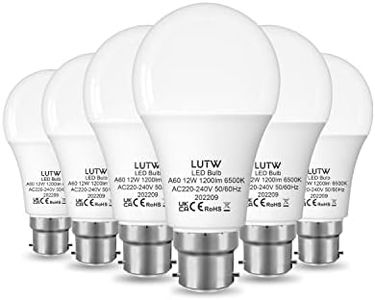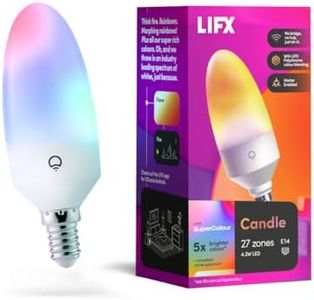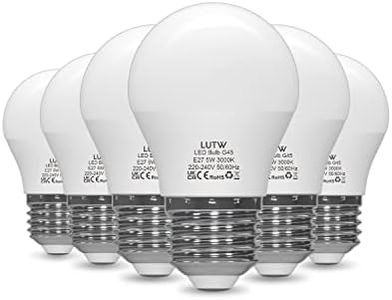We Use CookiesWe use cookies to enhance the security, performance,
functionality and for analytical and promotional activities. By continuing to browse this site you
are agreeing to our privacy policy
10 Best Light Bulbs For Bathroom
From leading brands and best sellers available on the web.Buying Guide for the Best Light Bulbs For Bathroom
Choosing the right light bulbs for your bathroom is essential for both comfort and safety. The bathroom is a space where you need clear, bright lighting for tasks like shaving or applying makeup, but you also want the space to feel relaxing and flattering. The right bulb can make a big difference in how you see yourself in the mirror and how inviting your bathroom feels. Consider the size, natural light, and whether your fixtures are enclosed or exposed when making your choice. Understanding the main features of light bulbs will help you decide which is best for your needs.Brightness (Lumens)Brightness is measured in lumens, which tells you how much light the bulb produces. For bathrooms, brightness is important because you need clear lighting to see yourself well. Low lumens (around 400-800) give softer, dimmer light, which could work for small or secondary bathrooms. Medium lumens (800-1100) are great for most bathrooms, providing a good balance between brightness and comfort. Higher lumens (over 1100) are best for large spaces or when you want very bright lighting. Think about your bathroom's size and how much light you already get from windows—smaller or brighter rooms need less, while large or windowless bathrooms will need more.
Color Temperature (Kelvins)Color temperature describes how warm or cool the light appears and is measured in Kelvins (K). Warmer tones (2700K–3000K) feel cozy and yellowish, similar to traditional bulbs, which can be great for a relaxing bath, but sometimes make colors look less true. Neutral white light (3500K–4100K) strikes a good balance and is usually best for bathrooms because it looks clear and clean, helping you see yourself accurately. Cool white light (5000K+) appears bluish and feels very bright and energizing—ideal if you need to focus, but sometimes harsh for morning routines. Consider whether you want your bathroom to feel warm and inviting, or bright and energizing, and how you use the space when deciding on color temperature.
Bulb Shape and SizeBulbs come in various shapes and sizes, from classic A-shape (like standard household bulbs) to globe and candle shapes, as well as smaller spotlights. The right shape and size depend on your fixtures—some designs, like vanity bars or recessed fittings, need specific bulb shapes to fit properly or look good. A-shape or globe bulbs are common for bathroom vanities because they distribute light widely and help reduce shadows. Always check what your fixture requires and consider how the bulb will look when exposed.
Damp or Wet Location RatingBathrooms are humid environments, and the risk of water exposure is high, especially near showers or tubs. Some bulbs are specifically rated for damp or wet locations, which means they are designed to resist moisture and last longer in challenging conditions. A standard bulb without this rating may fail sooner or even be a safety hazard. Look for bulbs labeled suitable for damp or wet locations for any fixture that could be exposed to steam or splashes; for ceiling or wall fixtures near showers, a wet-rated bulb is essential for safety.
Energy Efficiency (Wattage/LED vs. Traditional)Energy efficiency tells you how much electricity the bulb uses to provide light. LED bulbs are much more efficient than traditional incandescent or halogen bulbs, using less energy for the same amount of light and lasting many times longer. Lower wattage in LEDs does not mean less light—it means less electricity is needed per lumen. Choosing LED or high-efficiency bulbs is best for most people, as you'll get good lighting while saving on your utility bills and reducing the need to change bulbs often.
DimmabilitySome bathroom fixtures have dimmer switches so you can adjust the brightness to your liking, such as for relaxing baths or nighttime visits. Not all bulbs work with dimmer switches, so you need to check if the bulb says it is 'dimmable.' With dimmable bulbs, you can set the mood and save even more energy when full brightness is not needed. If your fixture is on a dimmer or you want flexibility, choose bulbs specifically marked as dimmable.
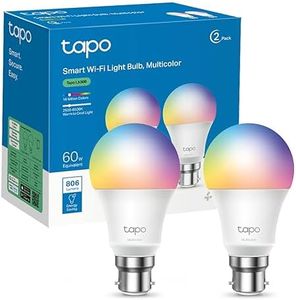
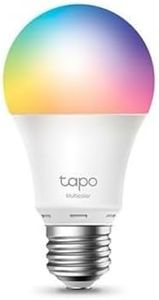
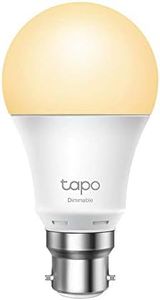
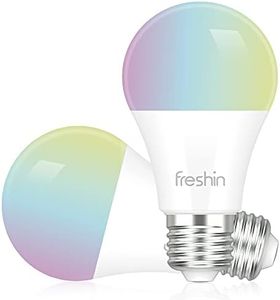
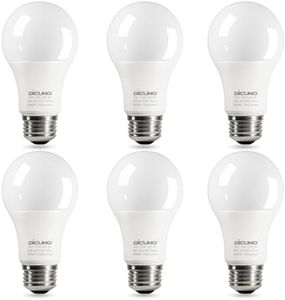
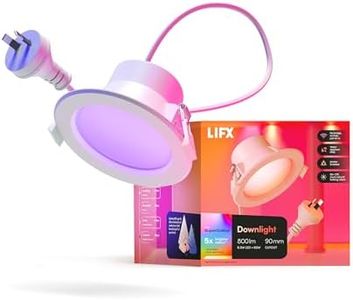
![LIFX Candle White to Warm [E14 Edison Screw], 480 lumens, Wi-Fi Smart LED Light Bulb, Tunable White, Dimmable, No Bridge Required, Compatible with Alexa, Hey Google, Apple HomeKit 1 Count (Pack of 1)](https://images-proxy.bestreviews.guide/8xRoyXSatjrw8owOUhLGKjEqFLQ=/0x300/https://m.media-amazon.com/images/I/31sLqMCzVoL._AC_CX679_.jpg)
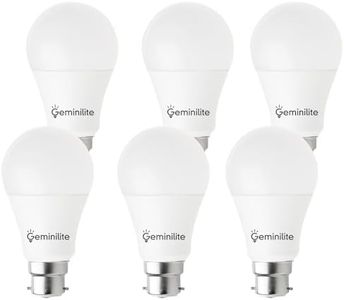
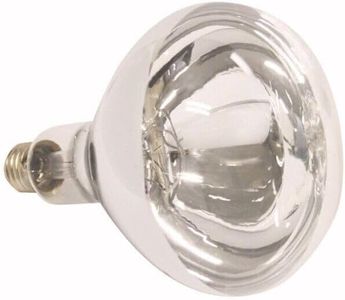
![Philips LED Classic Light Bulbs, 6 Pack [GU10 Spot] 4.6 W - 50 W Equivalent, Warm White (2700K) Non-Dimmable](https://images-proxy.bestreviews.guide/M8pRG230aB4dg_sikCMhUubgspM=/0x300/https://m.media-amazon.com/images/I/417GfeQRiHL._AC_CX679_.jpg)
